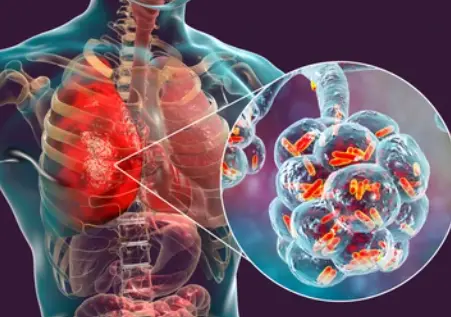 Welcome
Welcome
“May all be happy, may all be healed, may all be at peace and may no one ever suffer."
Cirrhosis - Generics
Cirrhosis is a chronic liver disease that occurs when healthy liver tissue is replaced by scar tissue, which can prevent the liver from functioning properly. It is usually the result of long-term damage to the liver caused by alcohol abuse, hepatitis B or C infection, nonalcoholic fatty liver disease (NAFLD), or other causes.
Symptoms of cirrhosis can vary depending on the severity of the disease, but may include fatigue, weakness, jaundice, itching, easy bruising or bleeding, swelling in the legs or abdomen, and confusion or memory loss. In some cases, cirrhosis can lead to liver failure, which can be life-threatening.
Diagnosis of cirrhosis typically involves a physical exam, blood tests to evaluate liver function, imaging tests such as ultrasound or CT scan, and a liver biopsy to confirm the diagnosis and determine the severity of the disease.
Treatment for cirrhosis usually involves managing the underlying cause of the disease, such as quitting alcohol or treating viral hepatitis. Medications may also be prescribed to manage symptoms and complications of cirrhosis, such as diuretics to reduce fluid buildup in the body, beta blockers to reduce the risk of bleeding from enlarged veins in the esophagus or stomach, and antiviral medications to treat hepatitis B or C.
In advanced cases of cirrhosis, a liver transplant may be necessary. However, transplantation is not an option for everyone, and the waiting list for a donor liver can be long. Therefore, prevention is key, and it is important to take steps to protect the liver from damage, such as limiting alcohol intake, avoiding exposure to hepatitis viruses, maintaining a healthy weight, and managing other medical conditions that can affect the liver, such as diabetes and high blood pressure.

Relapsing multiple sclero...

Aspiration pneumonia

Influenza

Eclampsia

Cystitis

Miosis

Age-related macular degen...

Dizziness
Cirrhosis, সিরোসিস
To be happy, beautiful, healthy, wealthy, hale and long-lived stay with DM3S.